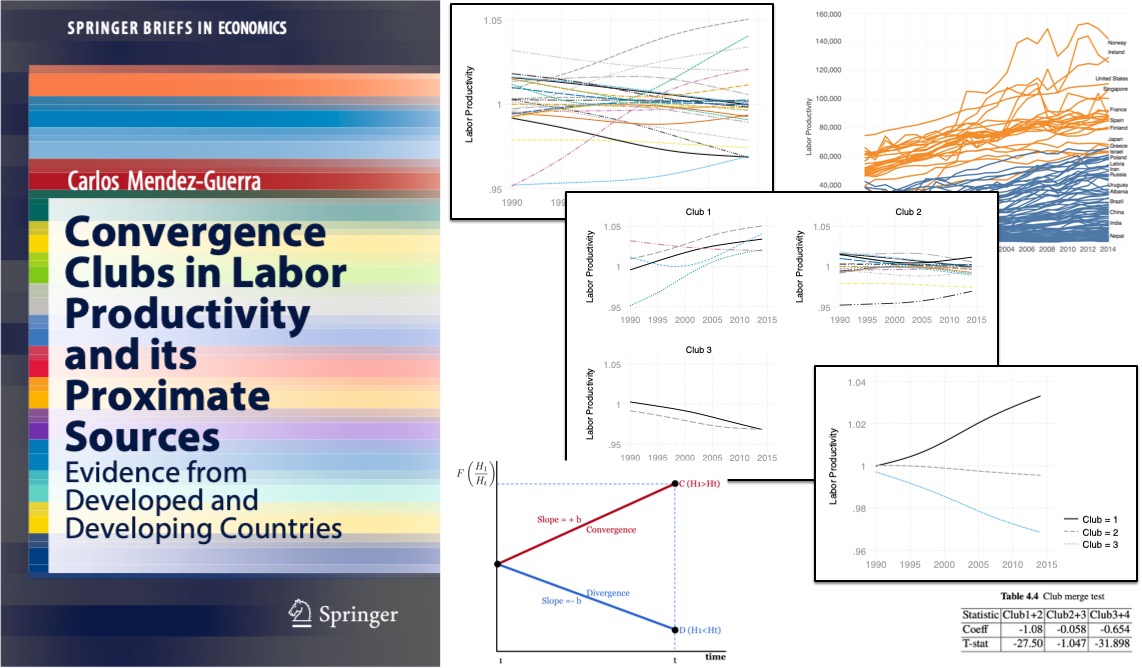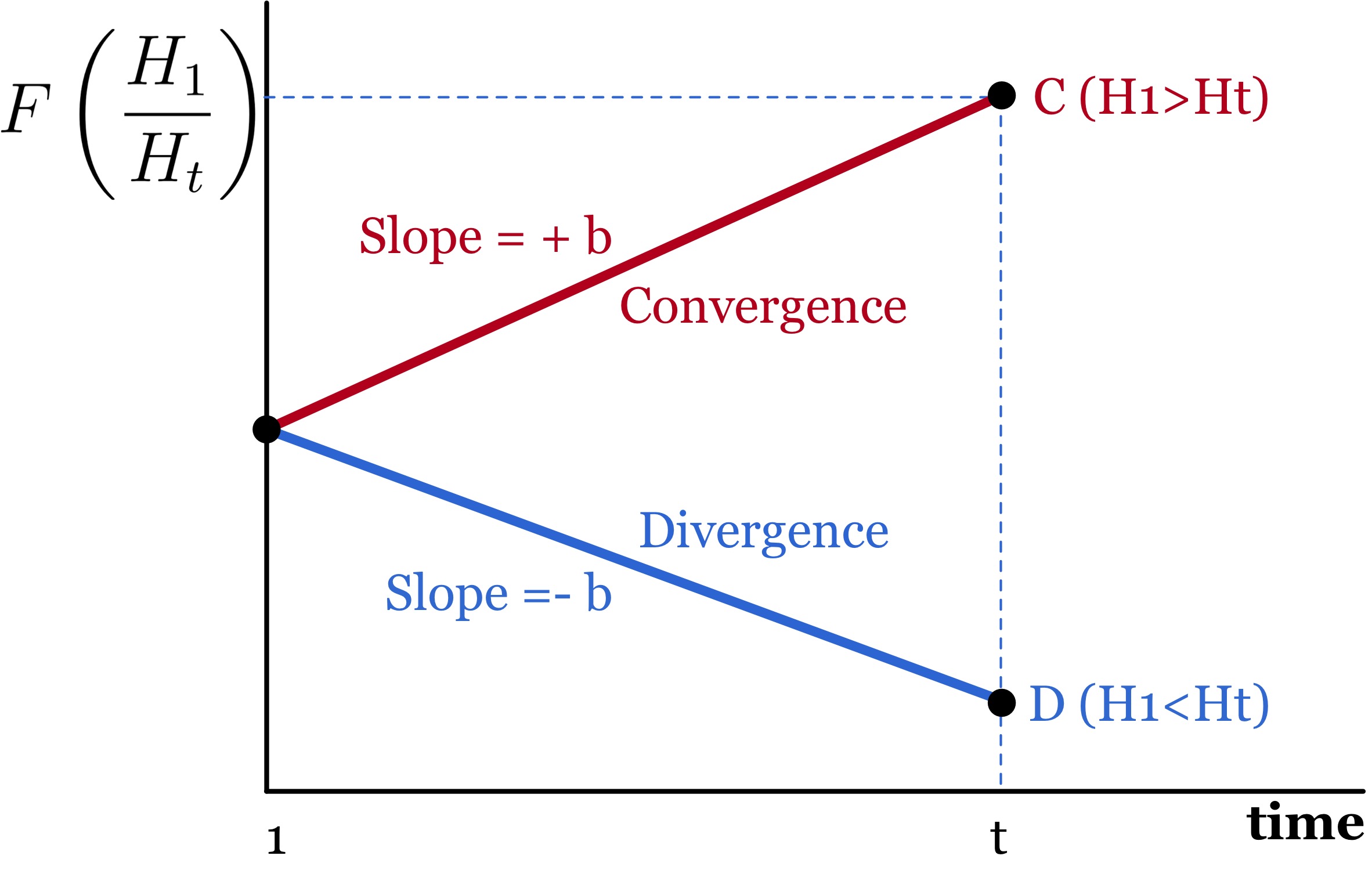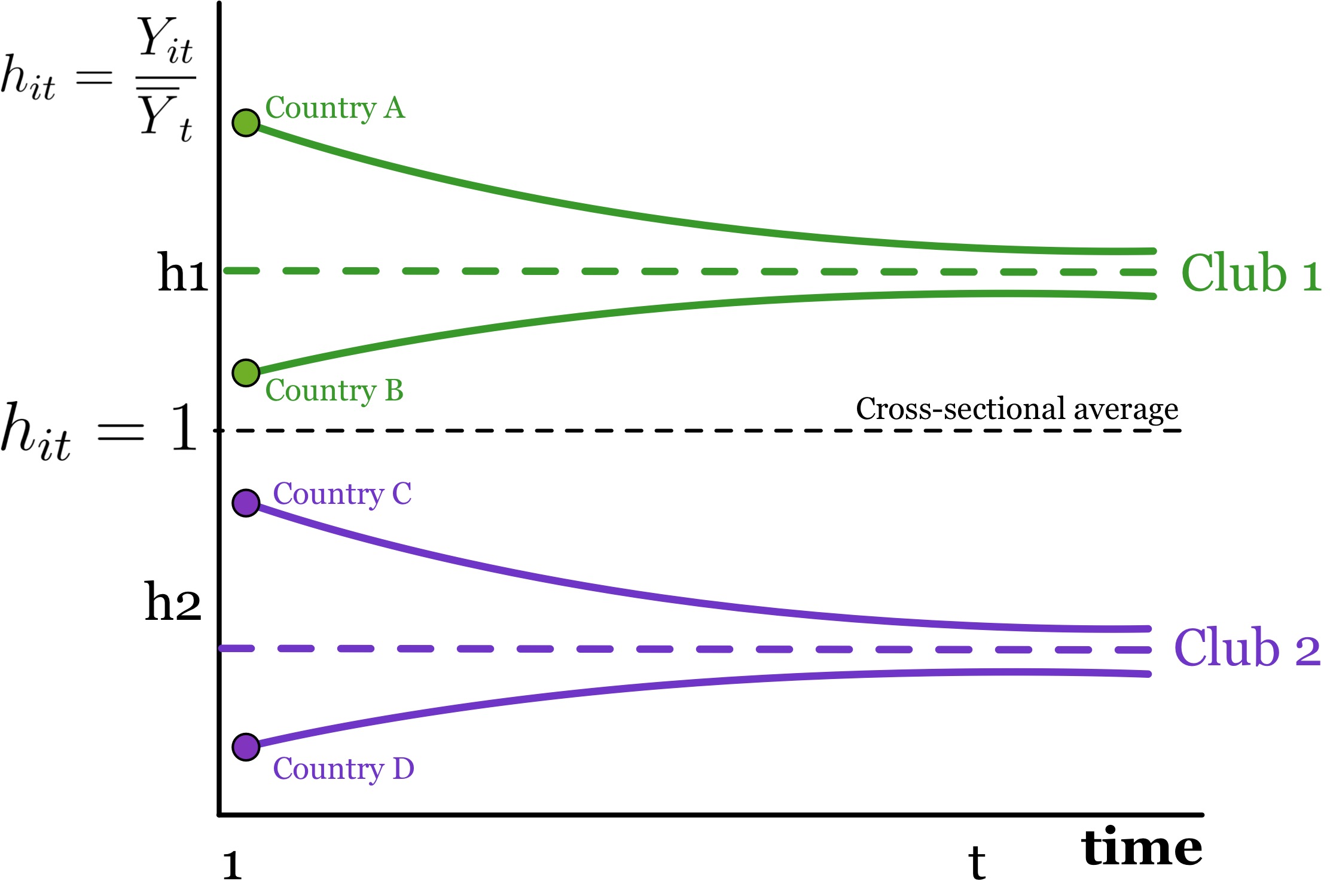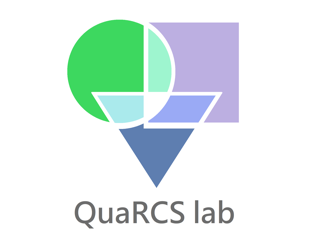class: center, middle, inverse, title-slide # Convergence clubs in labor productivity and its proximate sources ## Evidence from developed and developing countries ### Carlos Mendez<br /><a href="https://carlos-mendez.rbind.io" class="uri">https://carlos-mendez.rbind.io</a><br /><br />Associate Professor<br />Graduate School of International Development<br />Nagoya University<br /> JAPAN ### [ Slides available at: <a href="http://bit.ly/mendez2020book" class="uri">http://bit.ly/mendez2020book</a> ] --- class: center, middle <style type="text/css"> .highlight-last-item > ul > li, .highlight-last-item > ol > li { opacity: 0.5; } .highlight-last-item > ul > li:last-of-type, .highlight-last-item > ol > li:last-of-type { opacity: 1; } </style> ## A short overview of the book:  Data, code, tutorials, and videos are available at https://bit.ly/mendez2020code --- class: middle # Outline of this presentation 1. Motivation and purpose - Large productivity differences across countries - Purpose of the book - The 3 main features of the book 2. Methods - Standard production function approach - Modern (club) convergence approach 3. Main results - Multiple convergence clubs in labor productivity - Multiple convergence clubs in capital accumulation - Multiple convergence clubs in aggregate efficiency <br /> <br /> [ Slides at: http://bit.ly/mendez2020book ] --- class: center, middle # (1) Motivation and purpose Large productivity differences across countries Purpose of the book The 3 main features of the book --- class: middle,center ## Large productivity differences across countries  --- class: middle,center ## Purpose of the book Introduce a **"_modern_"** framework to **study cross-country convergence** dynamics of **labor productivity** and its proximate sources: **capital accumulation** and **aggregate efficiency**. --- class: middle ## The 3 main features of the book 1. Present a **brief (methodological) overview** of the recent club convergence literature. 2. Offer a **comparative perspective** about the convergence dynamics of developed and developing countries. 3. Provide a **tutorial on how to implement the club convergence framework** using Stata. --- class: center, middle # (2) Methods Standard production function approach Modern (club) convergence approach --- class: middle # Standard production function approach - Following Hall & Jones (1999), lay out the components of a Cobb-Douglas production function as: `$$Y_{it}=K_{it}^{\alpha}\left(A_{it} H_{it}\right)^{1-\alpha}$$` - Rearrange the previous equation as : `$$\frac{Y_{it}}{L_{it}}=\left(\frac{K_{it}}{Y_{it}}\right)^{\alpha /(1-\alpha)} \frac{H_{it}}{L_{it}} A_{it}$$` **Labor productivity = f(accumulation of capital inputs, aggregate efficiency)** --- class: middle # Modern (club) convergence approach - First, define a relative transition parameter, `\(h_{it}\)`, as `$$h_{it}=\frac{y_{it}}{\frac{1}{N}\sum_{i=1}^{N}y_{it}}$$` - Second, **the convergence hypothesis is defined as:** `$$H_{t}=\frac{1}{N}\sum_{i=1}^{N}\left(h_{it}-1\right)^{2}\rightarrow 0$$` In other words, when the relative transition parameter converges to unity, `\(h_{it}\rightarrow1\)`, the cross-sectional variance converges to zero, `\(H_{t}\rightarrow0\)`. - Third, Phillips and Sul (2007) test this hypothesis by using the following log-t regression model `$$log\left(\frac{H_{1}}{H_{t}} \right)-2log\left\{ log\left(t\right)\right\} = a+b\:log\left(t\right)+\epsilon_{t}$$` --- class: middle, center ## Convergence test (intuition)  --- class: middle, center ## Convergence clubs (intuition)  --- class: middle, center # (3) Main results Multiple convergence clubs in labor productivity Multiple convergence clubs in capital accumulation Multiple convergence clubs in aggregate efficiency --- class: middle, center # Transition paths of labor productivity  --- class: middle, center ## Convergence clubs of labor productivity in developed countries  --- class: middle, center ## Convergence clubs of labor productivity in developing countries  --- class: middle, center # Transition paths of physical capital  --- class: middle, center ## Convergence clubs of physical capital in developed countries  --- class: middle, center ## Convergence clubs of physical capital in developing countries  --- class: middle, center # Transition paths of human capital  --- class: middle, center ## Convergence clubs of human capital in developed countries  --- class: middle, center ## Convergence clubs of human capital in developing countries  --- class: middle, center # Transition paths of aggregate efficiency  --- class: middle, center ## Convergence clubs of aggregate efficiency in developed countries  --- class: middle, center ## Convergence clubs of aggregate efficiency in developing countries  --- class: highlight-last-item # Concluding Remarks - Convergence clubs provide new insights on the dynamics of labor productivity and its proximate determinants: - **Heterogeneity matters: Go beyond the average** -- - Relative to capital accumulation, convergence club differences in aggregate efficiency are larger and more predominant. - **Club differences in labor productivity are mostly explained by club differences in aggregate efficiency**. -- ## New research directions -- - Spatial logit models provide a new framework to **evaluate the role of space** in the formation of clubs (Li, Li, Qin, Qin, & Ma, 2018). -- - Convergence can now be evaluated even when the **data do not involve strong deterministic or stochastic trends** (Kong, Phillips, & Sul, 2019). -- - Locally linear versions of the log-t test of convergence are useful to evaluate how **the strength of convergence changes over time** (Johnson, 2020). --- class: center, middle # Thank you very much for your attention https://carlos-mendez.rbind.io Slides available at: http://bit.ly/mendez2020book  **Quantitative Regional and Computational Science lab** https://quarcs-lab.rbind.io ***